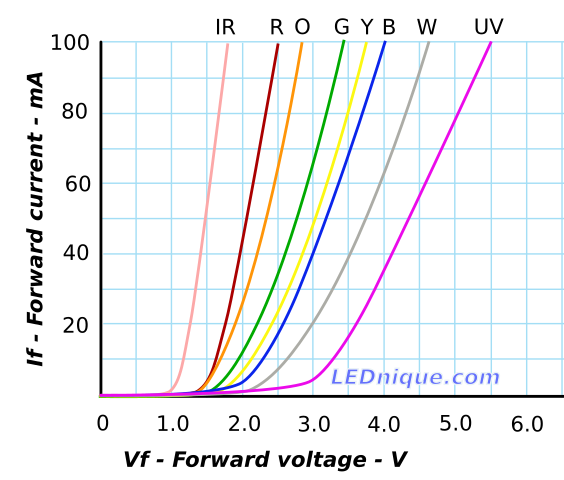I recently acquired the first run of the Atlas O Horizon passenger cars, that don't have the LED interior lights, and I was wondering if anyone has attempted to do an LED upgrade on these cars while keeping the original circuitry intact. Since I am planning on doing that to reduce the heat from the internal current regulators and also reduce the current draw.
From doing voltage tests across the lights already in the model, I found that there's no more than 3 volts across each light. And I also put a yellow LED across one of the original locations of the light, and the LED did not blow up immediately. So the upgrade does look promising. However I do not have any LED to be able to officially start the project, but I will order a bunch of them soon.
Everything on the original lighting board is pretty much already designed for LEDs. There's a full bridge rectifier; 10 diodes in series to drop the total voltage down by 7 volts; a total of 4 capacitors, which I assume are for smoothing out the DC from the rectifier; and what appear to be 2 regulators (either voltage or current, will check again in the morning) on either end of the board, with big aluminum heat sinks for both regulators.
The main question I have is: Will adding in the LEDs reduce the heat output of the current regulators? I assume yes, since the LEDs will draw so much less current compared to the bulbs that came inside and so the current regulators will not be loaded as much.
Thanks in advance!










